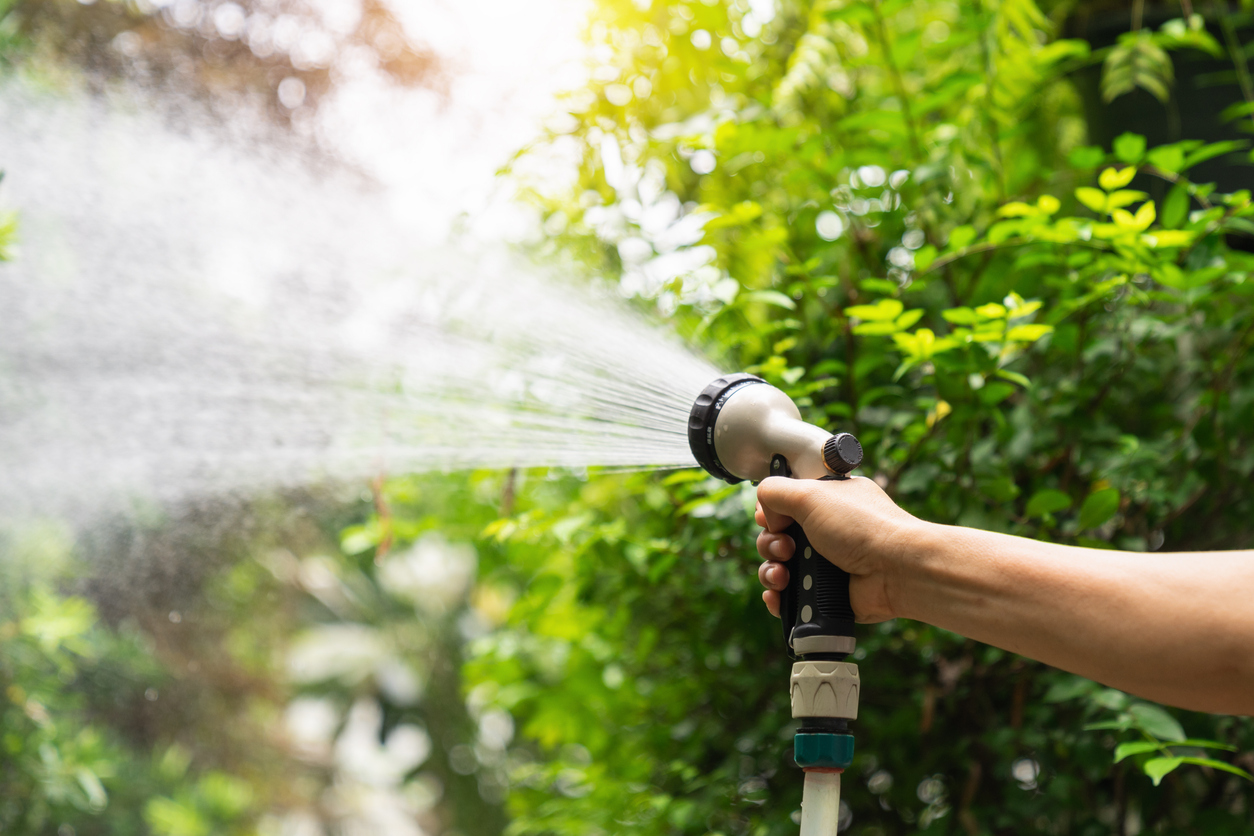Maintaining the health and vigor of trees requires a thorough understanding of their watering needs, as striking the right balance is paramount to their well-being. For gardeners, arborists, and nature enthusiasts alike, the responsibility lies in ensuring that our leafy companions receive the appropriate amount of water to thrive. Yet, discerning the signs of underwatering and overwatering can be a challenging task, as both conditions can have profound impacts on tree health. Keep reading as we explore the key indicators that reveal when a tree is suffering from insufficient or excessive watering.
Signs of Underwatering Trees
Wilting and Drooping Leaves
The most apparent sign of underwatering in trees is wilting and drooping leaves. When a tree lacks sufficient water, it cannot maintain turgidity, causing the leaves and branches to sag and appear limp. This is the tree’s attempt to conserve water and minimize moisture loss through transpiration.
Yellowing and Browning Leaves
As the water deficiency worsens, the leaves may start to show signs of stress. They will begin to turn yellow or brown, usually starting at the leaf margins and progressing inward. This discoloration occurs because the tree redirects its limited water supply to vital functions, leaving less for maintaining healthy green foliage
Leaf Curling and Crisping
To further reduce water loss through their leaf surfaces, underwatered trees may exhibit leaf curling. The edges of the leaves may become crispy and brittle as the tree struggles to retain water within its cells.
Early Leaf Drop
Underwatered trees may undergo premature leaf drop as a survival strategy. Shedding leaves helps the tree conserve water and energy during challenging periods, but it also compromises its ability to perform photosynthesis and store nutrients.
Slow or Stunted Growth
Trees lacking sufficient water will often exhibit slow or stunted growth. The reduced water supply limits nutrient uptake, hindering the tree’s development and overall health.
Signs of Overwatering Trees
Wilting Despite Moist Soil
Ironically, overwatered trees may exhibit wilting despite having moist soil. This happens because the roots have become damaged or waterlogged due to excessive moisture, impairing their ability to take up water effectively.
Yellowing or Pale Leaves
Similar to underwatering, overwatered trees may also display yellowing leaves. However, in this case, the yellowing is not due to water deficiency but rather to the impaired nutrient uptake caused by waterlogged soil.
Fungal Growth
Excess moisture creates a favorable environment for fungal growth. You may notice mold, algae, or fungal growth on the tree’s trunk, branches, or the soil surface surrounding the tree.
Foul Odor
Overwatering can lead to a lack of oxygen in the soil, creating anaerobic conditions. This causes a foul, musty odor emanating from the soil, indicating that the tree is at risk of root rot.
Root Rot
One of the most severe consequences of overwatering is root rot. The roots of an overwatered tree become mushy, discolored, and weak, making them susceptible to diseases and pathogens.
Contact Excel Tree Care for Tree Services in Atlanta
Detecting the signs of overwatering or underwatering in trees is a critical aspect of proper tree care. By closely observing the various indicators such as wilting leaves, leaf discoloration, root health, and soil condition, we can identify early warning signals of water stress in our precious trees.
If you have trees on your property that are in need of immediate attention, call Excel Tree Care today at (404) 964-6508 or fill out our online contact form for a free estimate. We offer everything from basic tree maintenance to 24/7 emergency residential tree removal services in North Atlanta.

